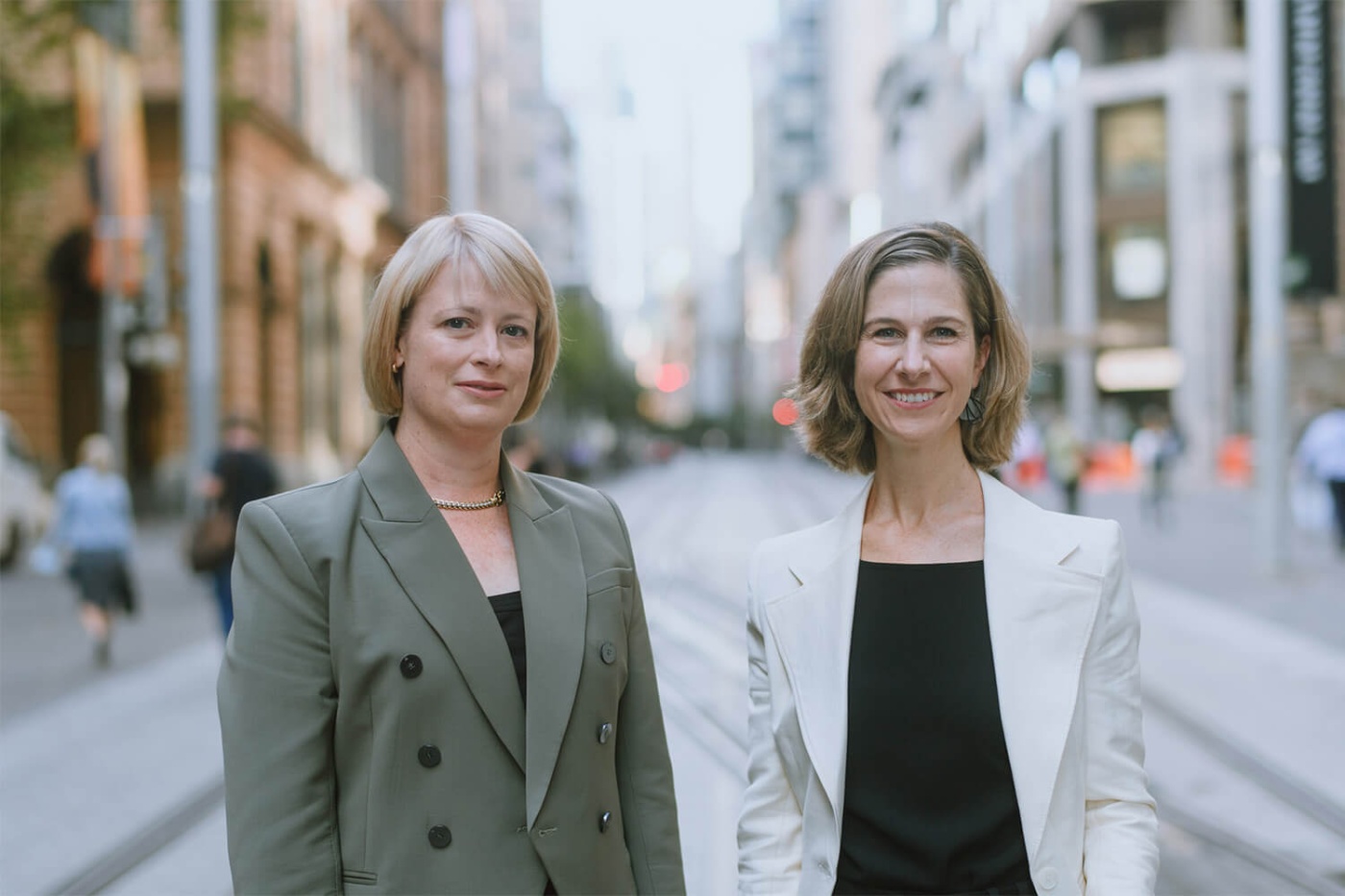Helping Cities Like Singapore Face the Challenge of Unprecedented Torrential Rainfall
Global warming is triggering a train of weather-releated disasters – devastating heat waves, wildfires, typhoons and most recently unimaginable torrential amounts of rain in one sudden outburst.
Around the globe, cities are experiencing never before seen rainfall leading to catastrophic flooding events. In fact, 44 percent of all disaster events worldwide have been flood related and 700 million people live in places where the maximum daily rainfall has increased.
Arriving so swiftly these phenomena pose serious challenges to any country where the built environment is not only outmoded but increasingly overwhelmed. How can urban centres and cities cope with this new challenge?
But our cities are not just concrete jungles. Every blade of grass, every tree, pond, lake and lump of soil together form vital infrastructure. As cities face increasing threats from climate change, including heavy rainfall we need to understand the natural infrastructure and how to enhance it.
Arup has analysed the urban centres of Singapore and six other global cities for “sponginess”, their ability to absorb rainfall, to naturally manage excess water and flooding, rather than using concrete and other carbon-intensive “grey” infrastructure to channel it away.
Sponginess is an important factor in building cities’ resilience to climate change and a zero-carbon future and Singapore is already well to the fore.
Natural infrastructure is highly effective in managing flood water and brings far wider benefits that can contribute positively to biodiversity and carbon reduction.
Singapore’s “sponginess” is among the highest in Arup’s inaugural Global Sponge Cities Snapshot and that is a credit to this city’s long-term commitment to building climate resilience.
Singapore has long focussed on building resilience by innovative technologies. The Marina Barrage is a striking example of infrastructure that improves flood control while boosting the country’s fresh water supply.
But as climate change makes extreme, unpredictable weather events commonplace and more stressful to urban environments, we will need more nature-based solutions and new capabilities to analyse climate vulnerabilities and opportunities.
Terrain, the advanced land-use analysis tool Arup used to evaluate the central urban areas of Singapore, London, Mumbai, Nairobi, New York Shanghai and Sydney for sponginess, is one of those capabilities.
Terrain uses machine learning and artificial intelligence techniques to quantify green infrastructure (such as parks and trees) and blue (ponds, lakes) in cities, against the amount of grey infrastructure (concrete, bricks and glass).
Green/blue infrastructure is not only highly effective in managing flooding, a critical issue in tropical cities like Singapore, but Arup’s analysis suggests it is on average 50% more cost-effective than grey alternatives, such as concrete channels, and delivers 28% more added value.
Further, simply reducing the amount of conventionally manufactured concrete used for infrastructure has an effect on limiting carbon dioxide emissions, because concrete in construction accounts for 8 per cent of total global emissions.
Our Global Sponge Cities Snapshot applied Terrain to analysing detailed satellite imagery of approximately 150 square kilometres of each urban centre.
Singapore rated third overall with 34 per cent sponginess overall, with 45 per cent of its central area assessed as green/blue. The high sponginess of Singapore’s urban centre is supported by relatively large woodland areas and roadways that extensively incorporate green infrastructure.
The overall rating reflects how Singapore has improved on the city’s absorbency by five decades of investment in drainage systems and green/blue infrastructure, particularly to minimise flooding.
In the immediate future, however, more pronounced seasonal contrasts under global warming conditions will cause both more frequent and more intense rainfalls and heavier demand on water storages during dry periods.
Our cities aren’t just concrete jungles, as the late prime minister Lee Kuan Yew understood when in 1967 he launched Singapore’s “Garden City” vision; urban environments are the sum of buildings, roadways, parks, trees, lakes, ponds and the underlying soil.
While cities have a natural sponge quality, we can improve this through interventions.
As cities face increasing threats from climate change – including heavier rainfall and more extreme heat events – governments, citizens and companies need to better understand natural infrastructure and how it can be systematically deployed to enhance climate resilience and limit carbon emissions.
Digital tools like Terrain will become increasingly important in identifying new opportunities for working with nature, in this case to augment urban sponginess and deliver maximum climate resilience.
Cities will be able to use those tools to drive better-informed and faster decision-making to enhance the positive impact of nature-based infrastructure.
Arup developed Terrain initially to support the Shanghai Drainage Masterplan, a scheme to protect a population of 15 million living on 640 square km from increasingly serious flooding and river pollution, using integrated blue/green/grey strategies to build a sustainable water cycle for the city.
In New York, where the sewer system struggles to carry both wastewater and stormwater, Arup has worked with the city government to prevent polluting overflows from sewers by introducing green infrastructure that absorbs 90% of rainfall, reducing runoff at the source.
Sustainable development is at the heart of Arup’s global business and, in a world where cities are responsible for two-thirds of carbon emissions, helping build climate-resilient, zero-emission cities is central to our purpose.
This all comes together in Singapore: Arup has been helping Singaporeans shape their dynamic nation since 1968. More than 450 Arup employees here design and implement solutions to challenges that are often unique to the city, while the lessons and experiences they acquire can be applied across our regional and global practices.
It was a natural development of Arup’s urban-focused engagement with Singapore that in August we launched our new Centre for Climate Action in Cities (CCAC), supported by Singapore’s Economic Development Board.
With Singapore as its regional hub and showcase, CCAC will offer innovative climate solutions for cities, governments and companies pursuing sustainable urban development objectives across Asia.


